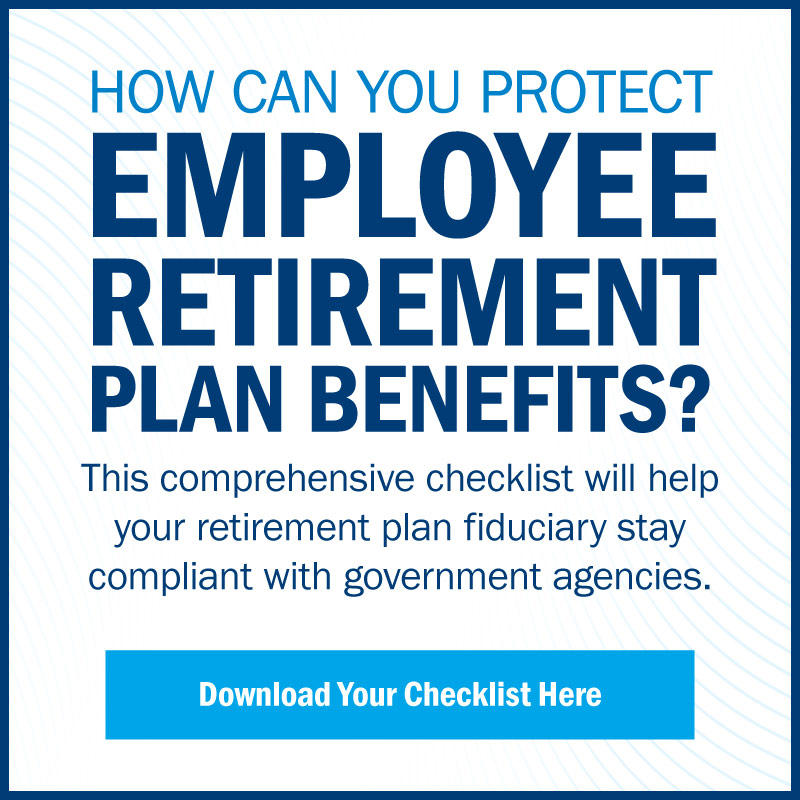If you sponsor a retirement plan, you already know the stakes: getting it right matters—for your employees, for your business, and for your peace of mind. But with all the acronyms and plan structures out there, it can be tough to know which direction to take.
SEPs vs. MEPs vs. PEPs: Why It’s Important to Know the Difference
Three common options today are Single Employer Plans (SEPs), Multiple Employer Plans (MEPs), and Pooled Employer Plans (PEPs). Each offers its own blend of control, cost, and administrative responsibility. Whether you’re just starting a plan or thinking about making a change, here’s a straightforward breakdown to help you compare your options.
Single Employer Plans (SEPs)
What it is: A plan that you sponsor just for your business. You have full control over how it’s designed, how it’s managed, and how contributions work.
Why businesses choose it:
- Complete control – You decide the features, matching formulas, vesting schedules, and more.
- Flexibility – Customize the plan to fit your company’s goals and workforce.
- Direct oversight – You manage the plan—or choose your own trusted partners to help.
What to watch out for:
- You’re on the hook – With control comes responsibility. That includes fiduciary duties and compliance.
- Higher admin load – You manage all the paperwork, audits, and testing—or hire a provider to do it for you.
Best fit:
Companies that want a plan built around their unique workforce and are comfortable owning the responsibility (or outsourcing wisely).
Multiple Employer Plans (MEPs)
What it is: A retirement plan shared by two or more unrelated businesses—often part of an association or industry group.
Why businesses choose it:
- Shared responsibility – Administration and fiduciary duties are divided.
- Lower costs – Pooling assets with other employers may reduce fees.
- Off-the-shelf structure – A plan is already in place; you plug in.
What to watch out for:
- Commonality required – You usually need to share an industry or association with the other employers.
- Shared risk – If one employer in the group runs into compliance issues, it could affect everyone.
Best fit:
Employers in a trade group or association who want a lower-cost, lower-maintenance option—but are okay giving up some control.
Pooled Employer Plans (PEPs)
What it is: A newer type of retirement plan (thanks to the SECURE Act) lets unrelated employers join one professionally managed plan. A Pooled Plan Provider (PPP) handles the heavy lifting.
Why businesses choose it:
- No industry ties needed – Any employer can join.
- Fiduciary relief – The PPP takes on most fiduciary responsibilities.
- Simplified admin – You join the plan, and they handle the details.
What to watch out for:
- Less customization – The plan’s structure is already in place—there may be limits on tweaking features.
- Vendor matters – Since the PPP runs the show, it’s important to partner with a strong provider.
Best fit:
Small to mid-sized businesses who want a turnkey retirement plan with less compliance stress and fewer administrative burdens.
Final Thoughts for Plan Sponsors
The good news? There’s no one-size-fits-all—just what fits your business. If you want full control and customization, a Single Employer Plan might be your best bet. If you’re looking to lower costs and share responsibilities, a MEP could make sense. And if you want to simplify everything with a ready-to-go solution, a PEP might be just the thing.
Not sure where to start? That’s where we come in. At California Pensions, we help plan sponsors like you weigh the options and build retirement plans that work—for your employees and your bottom line.
Let’s talk about what’s right for your organization.






